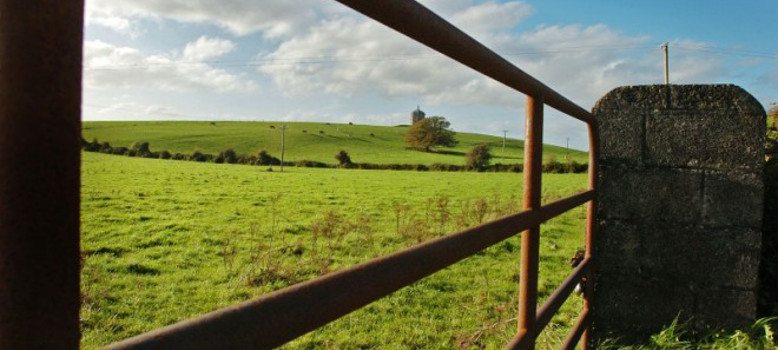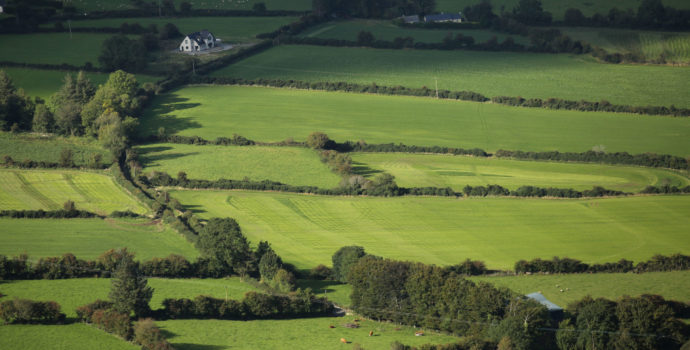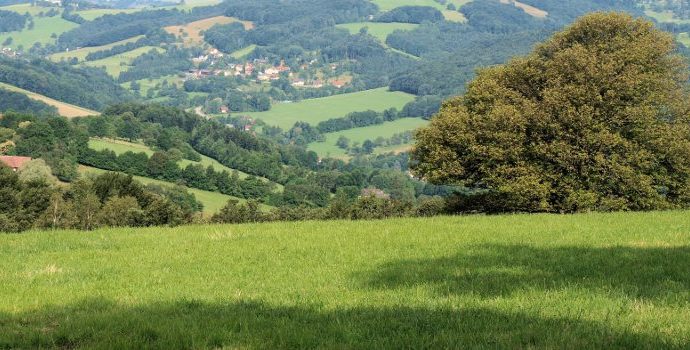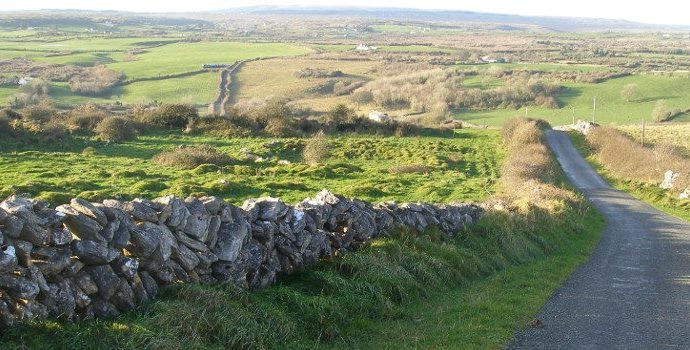The Glas Scheme Explained

Get an update and overview on the GLAS Scheme – how many farmers are in the scheme, what’s involved, how to apply.
Two phases of GLAS have so far opened for applications and around 38,000 farmers are now in the scheme, meaning payments worth around €170m. IFA is pressing for the early opening of the third phase of GLAS, to accommodate a further 12,000 farmers. This would bring total participation to 50,000 as was envisioned in Ireland’s Rural Development Programme, which put the full value of GLAS at €250m.
GLAS offers a maximum payment of €5,000 per year to participants who commit to carrying out a five-year plan of actions. Farmers undertaking particularly challenging actions may qualify for GLAS+ which provides a top-up payment of up to €2,000 per year.
To join the scheme, farmers must, with their planner, develop and submit a GLAS plan in partnership with an approved planner. The optional actions to be undertaken under the GLAS plan are divided into three tiers.
- Tier 1 is the most important tier, comprising of all the Priority Environmental Assets identified for support through GLAS, targeting vulnerable landscapes (including Natura and commonages), important bird- species and protection of high-status watercourses. Tier 1 also identifies a series of Priority Environmental Actions for specific cohorts of farmers, targeting climate change mitigation and farmland birds.
- Tier 2 is the next most important tier and focuses on water-quality, through protection of predetermined vulnerable water-courses, while also accepting proposals from other farmers who are prepared to take on actions again targeting climate change mitigation and supporting farmland birds.
- Tier 3 comprises a menu of complementary environmental actions for applicants approved into Tiers 1 and 2, or a way of entry to the Scheme in its own right. It consists of actions such as the protection of traditional hay meadows, low input permanent pastures, important landscape features like archaeological monuments, hedgerows and stone-walls, as well as provision of bird, bat and bee nesting facilities and the planting of small groves of native trees.
As well as completing their plan, all GLAS applicants must also undertake to have a farm nutrient management plan prepared for the holding before the end of the first full calendar year in the scheme. Applicants must also attend training in environmental practices and standards before the end of the second full calendar year in the scheme.
Making an application
Applications for GLAS must be made online, submitted by an approved planner. Successful applicants will be notified in writing of acceptance into the scheme and commencement date of their GLAS contract. Payments, which vary across a wide range of measures, are calculated annually on the basis of qualifying actions delivered for the year in question.
Get more information and updates on farm schemes and payments



